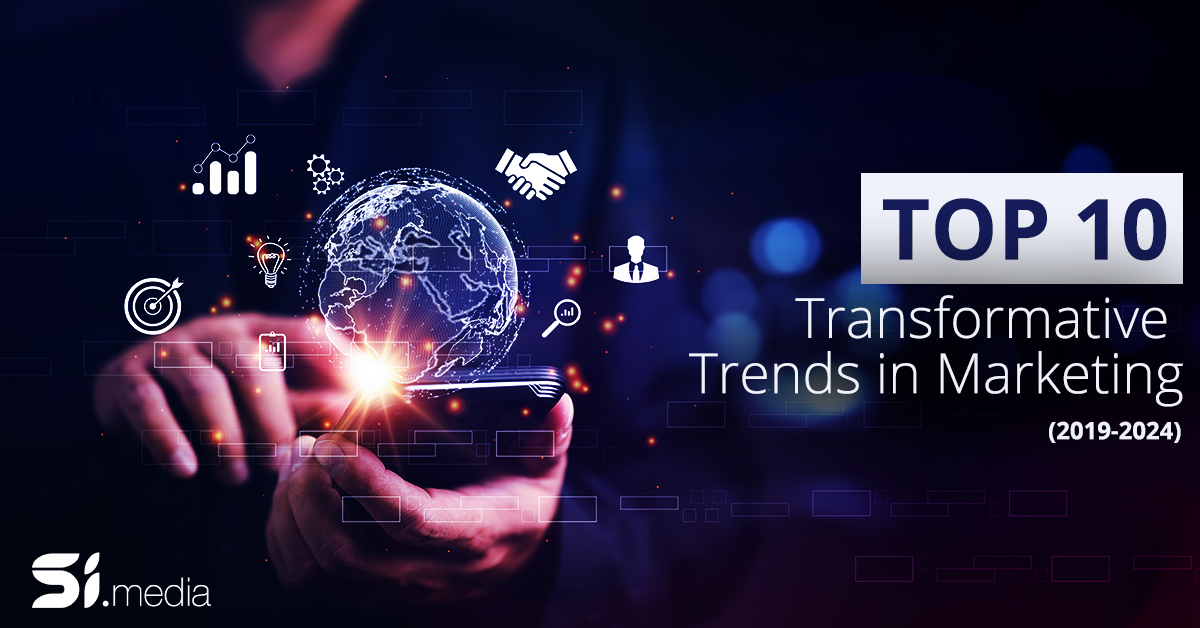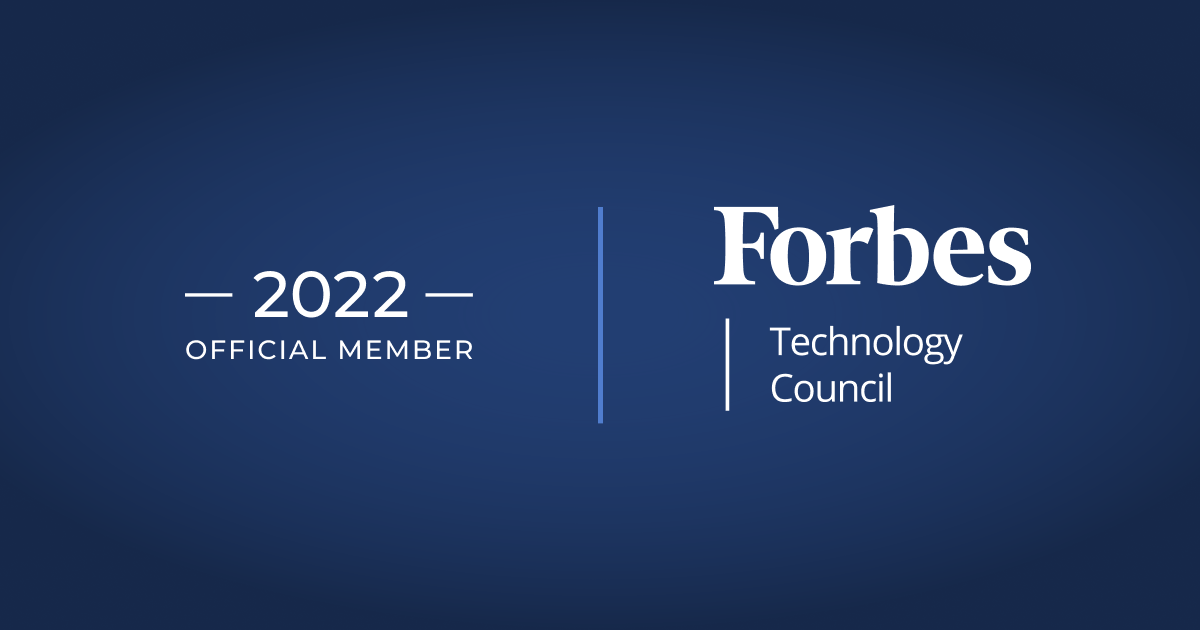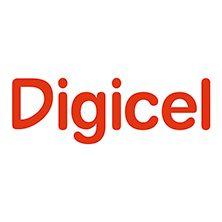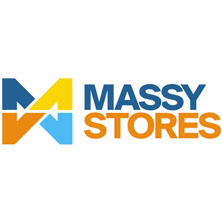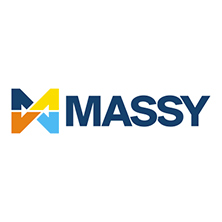As business competition increases, your marketing team shouldn’t be focusing their campaign measurements on traditional metrics such as unique visitors, leads, or clicks. To stand out and drive your business through this dynamic world, the demand for tracking additional metrics is higher than ever. This responsibility lies with your marketing team. Thus, before they launch any marketing campaigns, ensure that they can answer these 7 essential questions:
1. What’s my cost per engagement?
The primary goal of any brand’s marketing campaign is to put content in the path of their prospects. If that’s also your objective, you need to measure the success of your campaigns beyond the clicks; the number of prospects engaging with your ads. Post-click activity is an essential consideration since it means the ad has had value and often converts to sales. High click-through-rates are great, but if the prospects don’t go beyond and engage with your content, will it have any impact?
With that, your marketing team needs to understand how to calculate your cost per engagement. The cost per engagement (CPE) marketing model is pretty similar to CPC and CPV only that CPE keeps things more general. Engagements can be
- Taking a survey
- Comments on sponsored posts
- Signing up for free trials or demo accounts
- Reviews
As you can see, CPE gives advertisers the freedom to choose what counts for them in their campaigns.
How do you calculate cost per engagement?
Most social media platforms have their systems in place for this. However, you need to know how it’s done and what they calculate as an engagement before launching your campaigns.
Cost per engagement = Total amount spent/ total engagements
That’s the basic calculation.
2. How do we measure the success of the social media program?
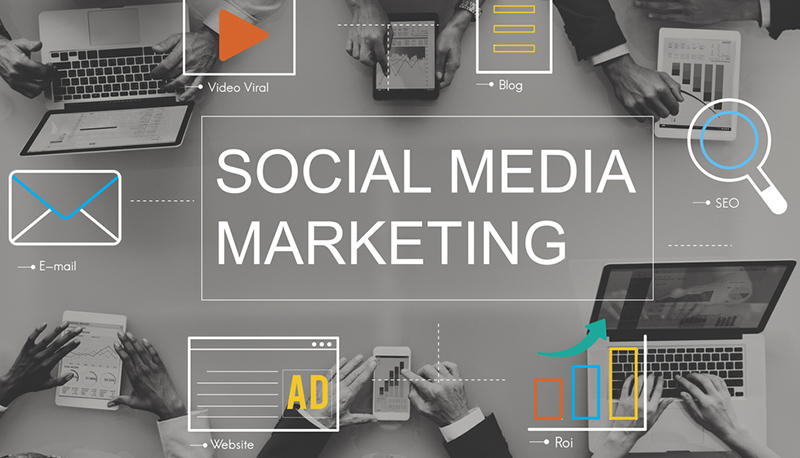
They should understand this first hand. How else will your marketing team know if they are successful or not? Keep in mind that social media marketing is continually changing. One technique that worked today might not work tomorrow. Platforms are continuously introducing new algorithms, features, and policies that aim to favor both the advertiser and the users.
The first thing is to set SMART goals. What are your goals? What do you want to accomplish? Some of the goals can be:
- Drive traffic to a site, landing page, or sales page
- Increase the brand reach
- Boost leads
- Increase the number of followers
- Boost engagement rates
Having clear set goals will enable you to choose the corresponding metrics and key performance indicators (KPIs).
- For traffic, you should measure your CTR, conversion rates, and check on your analytics to determine the number of leads from your marketing campaigns.
- If your goal was to boost your brand reach, you should understand that there are 3 categories of reach on Facebook (if this was your chosen marketing platform): Organic, paid, and viral. The best form of reach is always organic because it’s from a warm lead, (consumer initiated), and converts easily.
Social and digital advertising platforms have tools to measure the effectiveness of your marketing campaigns. Most of these tools offer real-time analysis. Thus, you can gauge the success of different campaigns, pause underperforming ones, and optimize successful ones for better conversions.
3. Can we use multiple marketing channels?

Have you ever heard of multichannel and omnichannel marketing? Well, these terms work here. Multi-channel marketing is when you interact with customers through as many different marketing channels as possible such as social, website, emails, landing pages, and print ads. These channels can either be direct or indirect.
Multi-channel marketing has its fair share of challenges, however. It’s a daunting task to maintain a consistent marketing message that employs the right tone, voice, and style to different audiences. You see, LinkedIn is for professionals and needs a different marketing message from Instagram or Snapchat, which are predominated by millennials.
It’s also sometimes a daunting task to optimize different campaigns for better conversions owing to separate analytics. However, for companies with a robust marketing team, it’s possible to implement successfully. The team should be able to come up with a multi-channel marketing platform that is ideal for each traditional and emerging marketing channel.
The key idea here is to cast a wide net in order to get your marketing message in the path of your prospects. If the target customer is predominantly on Facebook, then Facebook marketing is ideal. Your niche also matters a lot when it comes to multi-channel marketing.
Omni-channel marketing interweaves multiple marketing channels into the consumer journey with your brand. It takes into consideration all the ways that a customer interacts with your brand and ensures that all touchpoints share the same message. Marketing Insider Group writes that 95% of marketers understand the importance of multi-channel marketing for targeting customers, but only 73% of them have a strategy in place for the same.
4. What form of content performs best, and on which platform?

There are 3 key things to consider in marketing to get the biggest bang for your buck.
- The marketing message
- The channel
- The target audience
All three need to go in tandem to make your marketing campaign successful. You can’t present a defined audience with a marketing message that isn’t tailored to them and expect to get the best ROI. However, you might be asking “how do I decide which channels and message to use?” Well, the answers lie in the accumulation and review of customer data.
Social media marketing (SMM)
Here are some social media marketing channels that exist and the type of content that works best in each:
- Linkedln: Professional business owners and brands predominate this site. Here is the best platform to source leads and sales. You need to have a professional 5-star profile and create top-notch written content plus a compelling branded photo.
- Facebook: Use this platform to build a community of like-minded people. Add value through long-form posts, short videos, and go live often.
- Twitter: This channel works best if you are developing brand awareness. Use it to create trends. Short, concise, and engaging tweets are the best here. Plus, a high-quality photo. CoSchedule writes that a short video increases engagement by 28%.
- Instagram: Use this for brand recognition and branding. It has over 500 million daily users. 80% of them follow at least one brand. It’s a photo-sharing platform. So, upload high-quality, well branded, and unique photos. Use Hashtagify to research on highly-performing hashtags.
- Pinterest: works best for businesses. It enhances the power of visual content marketing to deliver results. A majority of users on this site are women. So, consider that when creating pins.
Email marketing
This form of marketing has a high ROI. For every $1 spent, expect to get $44 back. You need to learn how to create compelling subject lines here and CTA. Email marketing works best if it’s targeted, personalized, and adds value to the subscriber rather than spamming their inboxes. Learn emotional marketing and the art of storytelling as well to make it big here.
Blog content
Your website forms the cornerstone of your multi-channel marketing strategy. It’s where all the leads convert to sales. The most crucial element on your website apart from your homepage is your blog. 50% of your customers read the blog section before they make purchase decisions.
Which content works best here? Written content, of course. Long-form content, above 1,000 words, performs well in SEPR.
There are other marketing channels, such as YouTube, which is a video-sharing platform. You need to ask your marketing team the channels that work best for you based on customers’ data and marketing budget.
5. How do we define our target audience?

As we stated earlier, your audience is one of the key elements to define when it comes to marketing. A target market is a specified group of people who are interested in what you offer. They have common characteristics, such as behavior and interest. Thus, if you want to get a high ROI from your marketing campaigns, you need to understand who they are, where to get them, and how to make them buy what you offer.
Compile current customer data
Who is your existing customer? What’s their average age, interest, and buying patterns? Depending on how the current customer interacts with your business operational environment, you should have existing data about your current customers. If not, you can use analytics to collect customer data.
The best place to begin is Google analytics. It shows a lot about your website visitors and their interests. Check your Facebook page as well; it has rich customer insights.
Check your competitors
Your competitors have social media pages. Why not check out their follower’s base and know people liking and commenting on their posts. Check out their demographics, as well. Learn from your competitors. From their positioning aspect, content types, to their customer segments.
Profile your customers
After identifying your target market, create profiles for each of the segments. A customer persona is an archetype of your target customer. It symbolizes the aspects that are common throughout your target customer base such as age, demographics, interests, level of income, adding a name adds a relatable, humanizing element to your customer persona.
A persona helps you to personalize your marketing message and bring higher conversions. Epsilon reports that 80% of customers are more likely to purchase from a brand that offers a customized experience.
6. How do we come up with a digital marketing calendar?

A marketing calendar helps you to make the most of your investments and keeps you focused on your business plan. Your marketing team should not be taking a stand-alone approach to which messages to post to customers on any given day.
A digital marketing calendar is a way of mapping out your digital marketing activities against the monthly calendar. You need to have customer data such as buying cycles at hand to align each marketing message with the occasion. For example, people shop for household foodstuffs mainly on Sunday. If an occasion, such as a holiday, occurs, leverage it to get more sales.
Create daily social media posts for your social media pages plus ones you might want to boost on Facebook and the marketing budget for each. You can also have titles for your blog posts, subject lines for your emails, and CTA for your social media posts. Your marketing team should have all of these mapped out in a spreadsheet.
7. How long will it take to see results?

We live in a modern world where everybody wants to see the instant results of any action they take. In marketing, it’s no better. Marketers need timely results to stay competitive and relevant in their industries. We want instant traffic, sales, and social media engagements. Needless to say, it doesn’t always happen that way. Asking your marketing team how long it takes to notice traffic, leads, conversions, boosts in followers, and engagement rates can help in developing realistic timelines for results.
The primary variable to consider when expecting digital marketing results is the niche and the budget. It takes less time to get results for B2C companies than B2B because the latter focuses on a specific niche, while B2C is broad.
Pay-Per-Click
This form of marketing is the fastest way to get results. If you want to get traffic, high engagement rates, leads, and sales utilize PPC marketing. However, this one also depends on the niche, the budget, and the marketing message. You should research different PPC companies before you settle for one.
Search engine optimization (SEO)
This is a long-term investment so you shouldn’t expect to see results in a short time frame. Sometimes, it might take you three months to a whole year to see significant results. Results become apparent quicker if you already had content in place and when your niche is less competitive.
Social media
The niche, size of your existing customer base, the metric, and the marketing cost determines social media marketing results. It’s much faster than SEO because some social media sites allow sending marketing messages to a targeted audience.
Verdict
Are you on the verge of launching a new marketing campaign or would like to breathe new life into your existing marketing? Taking the time to ask the pertinent questions now can be the difference between success and a missed mark. This will also enable you to correct any element that might be misaligned to get the best ROI.
We can help you take your marketing strategy to the next level. For over ten years, we have helped businesses achieve amazing results from their marketing activities. Ready to give it a try? Contact us now!

